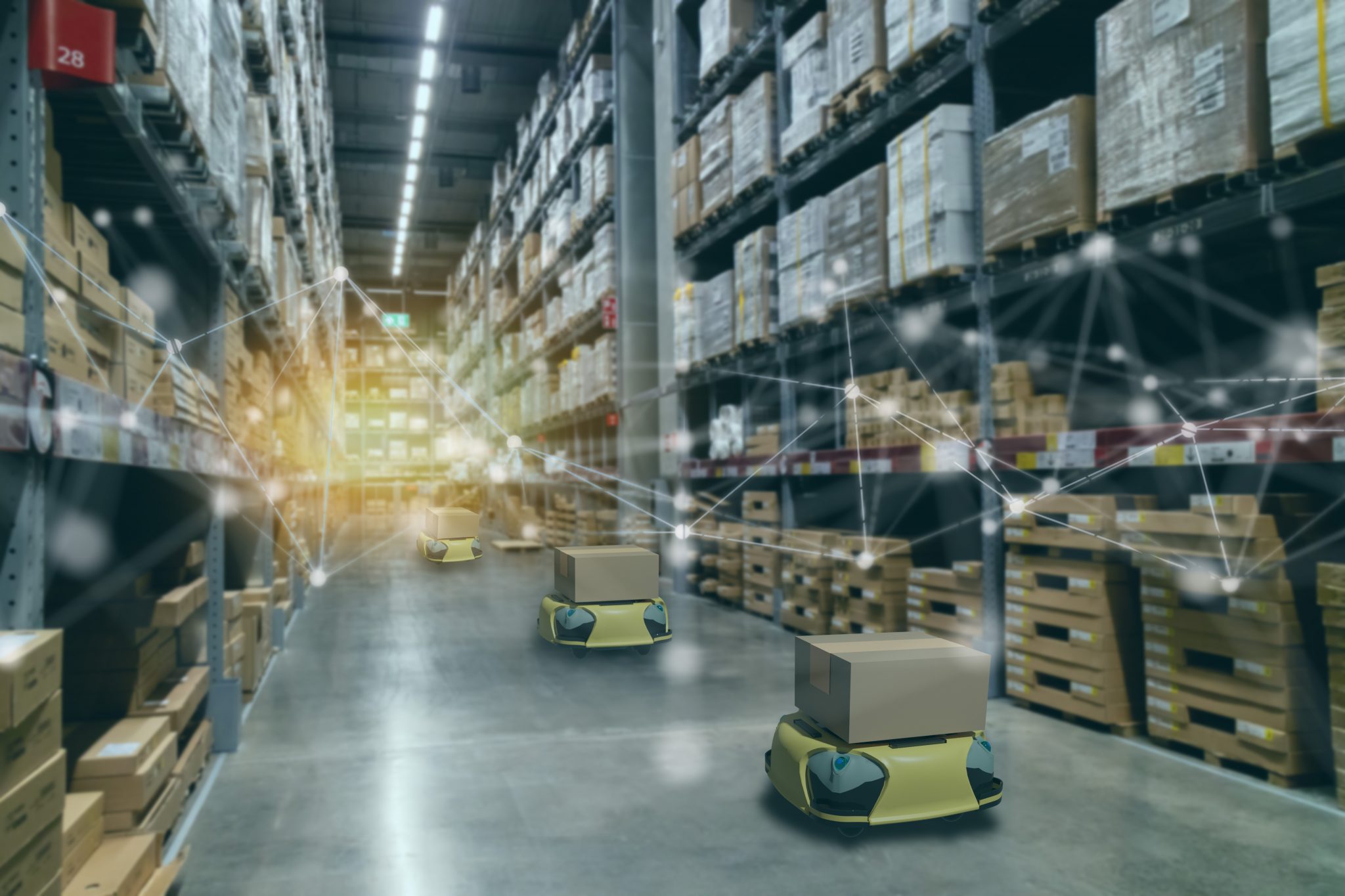Roman Reynebeau sat down with Warehouse Revolution to discuss the growing role of Artificial Intelligence in warehouse operations.
Roman has been building technology solutions for supply chain for more than a decade. He currently serves as Vice President of Product Development at MacGregor Partners, where he leads MacGregor’s talented engineering and support teams. The group is tasked with applying the latest technological innovations to solve some of the industry’s most complex supply chain challenges. He was also recently named one of Supply & Demand Chain Executive’s Pros to Know for 2022.
WR: What are some common applications for AI already in warehouses and distribution centers?
RR: AI as a buzzword has been consistently creeping into boardrooms for years and most technology decision-makers are familiar with the concept. Yet despite the broad familiarity, I don’t think AI is as widely adopted as many believe it to be, especially in the supply chain space. The most common AI application I’ve observed is within the supply chain visibility and planning space. The idea is AI can easily process large amounts of data to identify patterns that would be difficult for humans to recognize. That information can then be used to provide accurate predictions about future events like shipment delivery times, stock outages, etc. In my humble opinion, I’d no longer classify AI as an emerging technology but as an ascending technology that is slowly making its ascent up the left side bell curve.

WR: What benefits do you see happening from incorporating AI into warehouse operations?
RR: Long term, I think broad adoption of AI will have the greatest impact on robotics. The amount of innovation and interest in the robotics space has absolutely exploded over the last five years. To illustrate this point, just take a look at the footprint of robotics companies at supply chain trade shows such as Modex and ProMat. They’ve rapidly grown from a small minority of booths to the overwhelming majority.
While all of the advances in robotics are great, the real magic is taking place with the software orchestrating the movements of these robots. For example, it seems very feasible to construct a robot with the capability to pick up a unit from a box, especially if it’s remotely controlled by a human. Requiring human supervision kind of defeats the purpose of a robot though, so how can we make these robots autonomous? The more daunting element of building a fully autonomous solution is writing the software and integrations with other systems to determine when, how, and where to use the robot. This is where AI is currently making headway and will have a large impact as the technology continues to evolve over time.
WR: Who is walking the walk and has adopted AI as part of their business model?
RR: The challenging part about AI is that it has such a wide variety of sub-categories and potential applications that it can be difficult to know where to start. At a high level, it’s easiest to think of AI as a very versatile tool. To make a tongue-in-cheek analogy, asking about major players in the AI space is sort of like asking who is really great with a power drill? To start, there are different types of drills that are provided by different vendors, and each drill can be used to accomplish a wide variety of tasks.
In the AI space, the vendors that provide generic AI technologies tend to be large tech companies that have broad access to resources and talent such as AWS, Microsoft, Google, and NVIDIA. These types of companies are making the largest investments in AI and are providing general AI technologies that can be leveraged by other technology companies, like MacGregor Partners, that are building solutions to solve specific problems. Outside of MacGregor Partners, companies like Blue Yonder, FourKites, and E2Open are all making heavy investments in incorporating AI into their solutions. The common thread between all of those solutions being supply chain visibility and planning, which is a use case that has been heavily targeted for AI adoption.
WR: What is the biggest barrier to widespread AI adoption with more organizations?
RR: A lack of true understanding of what AI can do, how to apply it, and ultimately, how to integrate it.
WR: What role will blockchain play in advancing AI capabilities?
RR: At this juncture, blockchain and AI are two very different technologies that are on two very different paths. AI is much more mature and proven than blockchain, which is still viewed by many as an emerging technology. It’s certainly possible that blockchain will eventually carve out a prominent role in the warehousing space. There is a lot of promise around smart contracts and managing the transfer of ownership, but blockchain is also extremely difficult to implement and consumes extremely large amounts of resources. Blockchain is unlikely to play a significant role in AI adoption in the short term.
WR: How do you see AI changing warehouse operations over the next decade?
RR: Less configuration with more focus on outcomes. Easier to adjust to changes in the business, allowing businesses to be more agile and react to change faster. We’ll definitely see robotic solutions that are easier to implement and provide more consistent outcomes.

